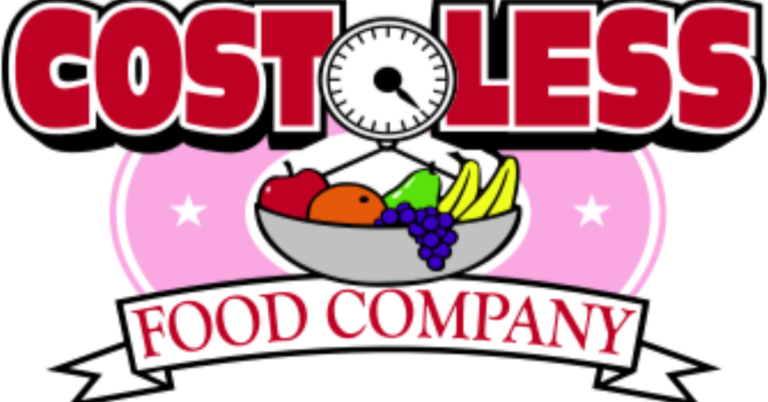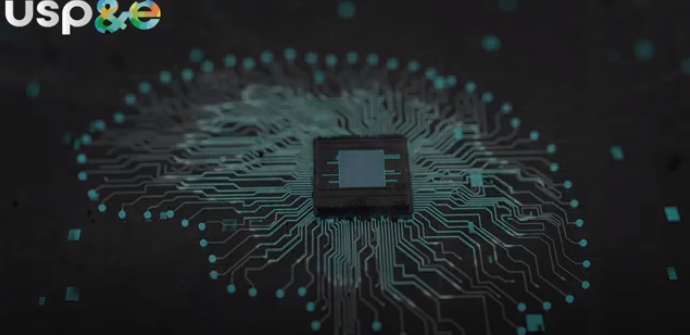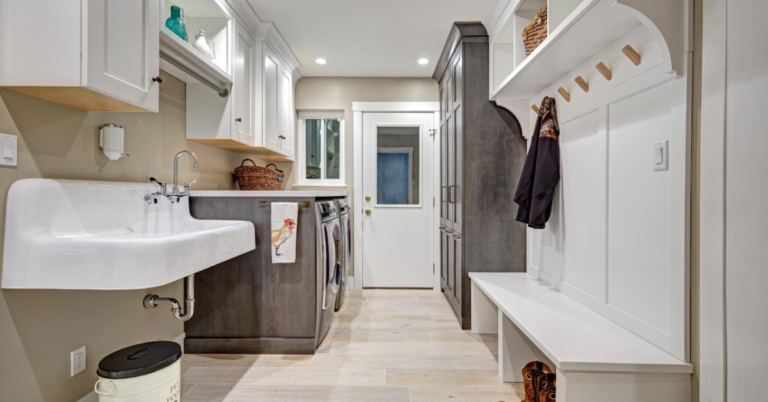Streamline Your Restaurant with a Management System Project
In the competitive world of the restaurant industry efficiency and organization are paramount. A restaurant management system (RMS) is an essential tool that can make or break the success of a restaurant. Implementing a well-designed RMS can streamline operations enhance customer satisfaction and ultimately boost profitability. This article explores the concept of a restaurant management system project its benefits and how it can revolutionize restaurant management.
Understanding Restaurant Management Systems
A restaurant management system is a comprehensive software solution designed to handle various aspects of restaurant operations. From order processing and inventory management to staff scheduling and financial reporting an RMS integrates these functions into a single platform. The goal of an RMS is to simplify the management of daily tasks improve accuracy and provide valuable insights into business performance.
Key Components of a Restaurant Management System
Point of Sale (POS) System
The POS system is at the heart of any RMS. It facilitates order taking payment processing and generates sales reports. Modern POS systems often include features like table management customer relationship management (CRM) and integration with online ordering platforms.
Inventory Management
Managing inventory is crucial for maintaining profitability. An RMS provides real-time tracking of inventory levels helps prevent overstocking or stockouts and generates reports on usage patterns. This feature helps restaurants manage their supply chain more effectively and reduce food waste.
Benefits of Implementing a Restaurant Management System
Improved Efficiency
By automating routine tasks and integrating various functions an RMS reduces the time and effort required for manual processes. This efficiency allows staff to focus on providing excellent customer service and enhances operational performance.
Enhanced Accuracy
Manual record-keeping is prone to errors which can lead to issues with inventory orders and financial reporting. An RMS reduces the likelihood of mistakes by automating data entry and calculations leading to more accurate and reliable information.
Better Customer Experience
An RMS enables faster order processing more accurate billing and improved service through features like table management and CRM. These improvements lead to a better dining experience for customers which can translate into positive reviews and repeat business.
Informed Decision-Making
Access to real-time data and detailed reports allows restaurant managers to make informed decisions. Whether it’s adjusting menu prices optimizing inventory levels or evaluating staff performance data-driven insights help managers make strategic choices that drive success.
Cost Savings
While the initial investment in an RMS may seem significant the long-term cost savings can be large. By reducing errors minimizing waste and improving efficiency an RMS can lead to significant financial benefits over time.
Steps to Put in place a Restaurant Management System Project
- Identify Needs and Goals: Before selecting an RMS it’s essential to identify the specific needs and goals of your restaurant. Consider factors such as the size of your establishment the complexity of your operations and your budget.
- Research and Choose the Right System: There are many RMS solutions available each with its own features and pricing. Research different options read reviews and compare features to find the system that best meets your needs.
- Plan and Prepare: Develop a detailed implementation plan that includes timelines training requirements and data migration processes. Preparing your staff for the transition and ensuring they are comfortable with the new system is crucial for a smooth implementation.
- Install and Train: Once the system is in place provide thorough training for your staff. Ensure that they understand how to use the new system effectively and address any issues that arise during the transition.
- Watch and Test: After implementation continuously check the performance of the RMS and gather feedback from staff and customers. Check the system’s impact on your operations and make adjustments as needed to optimize its effectiveness.
Conclusion
A restaurant management system project is a significant investment that can lead to large improvements in operational efficiency accuracy and customer satisfaction. By automating routine tasks providing valuable insights and enhancing performance an RMS can help restaurants thrive in a competitive industry. Investing in the right RMS and implementing it effectively can set the stage for long-term success and growth.







